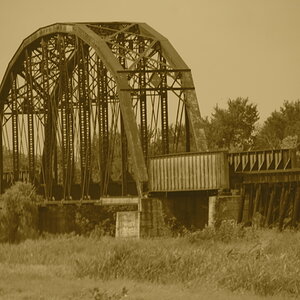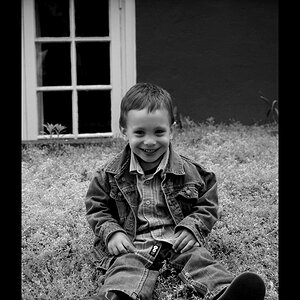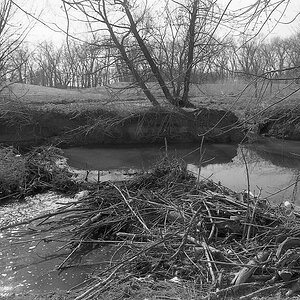penuttmman
TPF Noob!
- Joined
- Aug 29, 2017
- Messages
- 11
- Reaction score
- 1
- Location
- canada
- Can others edit my Photos
- Photos NOT OK to edit
Im buying a camera in june. i am a beginer so my price is verry limited. Im debating on the Nikon D3400 or the Canon Sl2? i did allot of research but they have so many things in Common that i dont know witch one to chose! I know that the cannon has a touch screen but that dosent really interest me more than that but the d3400 dosent have a mic jack so witch one would you think is the best one to buy??



![[No title]](/data/xfmg/thumbnail/34/34079-552f58c1ec0f8485f9c24a5b1db49654.jpg?1619736268)
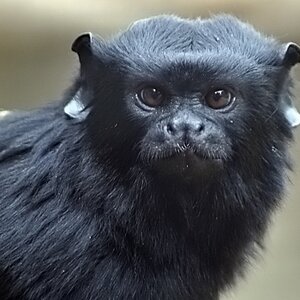
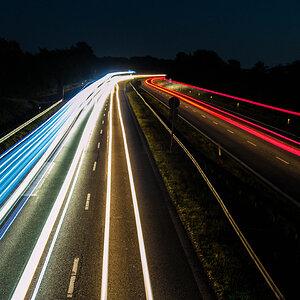

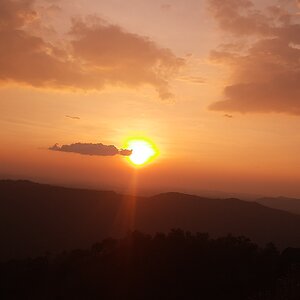
![[No title]](/data/xfmg/thumbnail/33/33847-620ea3a471c8ec2ae89451f9ee9dcb84.jpg?1619736166)
![[No title]](/data/xfmg/thumbnail/33/33846-dc3d508d5436a047770e1d5c2cbdd593.jpg?1619736165)

